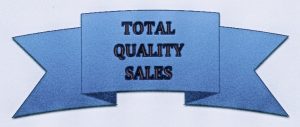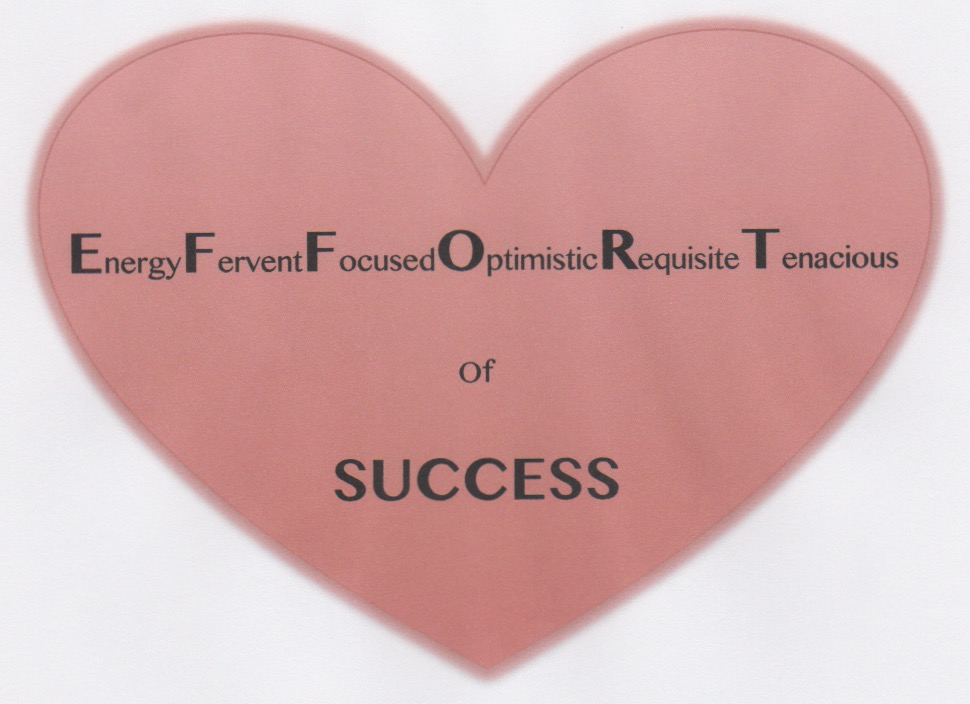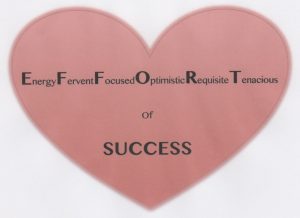LEADERS MUST MAKE THEIR TEAMS PEE

It is a routine job for a parent to make sure their small child makes regular trips to the potty to perform natural duties. Eventually that job no longer needs supervising, save of course, the occasional wiggling dance or personals clutching that suggests a reminder is needed (with the obligatory “wash your hands” addendum for good measure).
Instinctive leadership comes naturally to most parents as it often does with a business leader who is newly installed or recently charged with an important mission. PEE, in this case, isn’t about bodily relief (we’ll assume your workforce has that covered); it is about PERFORMING with EFFORT and ENERGY.
In a leader’s evolution or ongoing routine the same kind of transformation with their teams can see initial strong actions and direct motivation give way to performance assumptions monitored from afar or on a due date. Good leaders don’t treat their teams like children but too often leadership takes for granted the level of effort and energy that evolves and settles as normal as urgency on critical projects gives way to day-to-day grinds or newness gives way to familiarity.
Many leadership traits are common to creating both success and employee satisfaction/retention and are taught or mentored. The more advertised and obvious motivators tend to be about recognition and compensation, trusting and empowering. These traits cascade into specific actions but initial sparks of instruction or guidance often leave long laissez-faire tails of assumption. Leaders can forget other critical factors that require regular actions including: challenging, mentoring, and creating and maintaining a group commitment to purpose or mission.
Leader’s can’t take a team to the top of the hill and believe a big push to start will let them find the finish line with the imagined results. There are too many hidden curves and undulations to navigate. Such obstacles, including boredom with routine, can leave teams under-performing. Taskmaster leaders risk demotivating and people learn to give standoff leaders “what they want to hear” along the way so either style risks under-performance, do-just-enough-efforts, and even energy conversation in the guise of not burning out.
There is another way. Leaders need to embrace a regular cycle of CHALLENGE. Let people know there is something at stake, use accomplishment to provide appreciation and detail value in time-broken segments of the greater mission. Make sure that key members of the team are regularly mentored either directly or by a trusted colleague who knows the mission, to directly monitor and influence the effort and energy given. LISTEN to employees’ words as you ask them to describe “how it is going” making sure you don’t take “fine” and “good” but require descriptions of effort and energy.
ENERGY can be transmitted, shared and motivates with a few basic tactics: Plan meetings carefully and start them on time. Physically demonstrate excitement with the agenda and progress. Sit up or even stand and command enthusiasm by setting that tone so one who might sit back and casually declare delays and obstacles is a pariah in the group. Keep meetings short. There is no law that says you have to use an hour or even half. A well planned and executed 22-minute meeting, for example, demonstrates respect for time and an expectation to fill the working hours productively–whether in a team or individual meeting.
Making a team PEE, perform with effort and energy, is a continuous responsibility for a leader. As soon as you think you have good people you don’t need to regularly lead you risk them following a path that may or may not be the success path you imagined. Great leaders regularly review the path for success, command quality and inspire energy! (And look for the quiet one in the corner with the shaking knees who may need permission to PEE…even though you didn’t think they needed to be told.)











 Where would business be without acronyms? We regurgitate them like mother penguins to newborns! Be they TLA’s (three letter acronyms) or longer or shorter, whether for personal business taking PTO (paid time off), addressing our browser HTTP (HyperText transfer protocol), or writing our goals that got SMART (specific, measurable, attainable, realistic, time-bound) with our results measured by KPI (key performance indicator)…there are literally hundreds of others common or job specific shortcuts in language that are part of our lexicon.
Where would business be without acronyms? We regurgitate them like mother penguins to newborns! Be they TLA’s (three letter acronyms) or longer or shorter, whether for personal business taking PTO (paid time off), addressing our browser HTTP (HyperText transfer protocol), or writing our goals that got SMART (specific, measurable, attainable, realistic, time-bound) with our results measured by KPI (key performance indicator)…there are literally hundreds of others common or job specific shortcuts in language that are part of our lexicon.